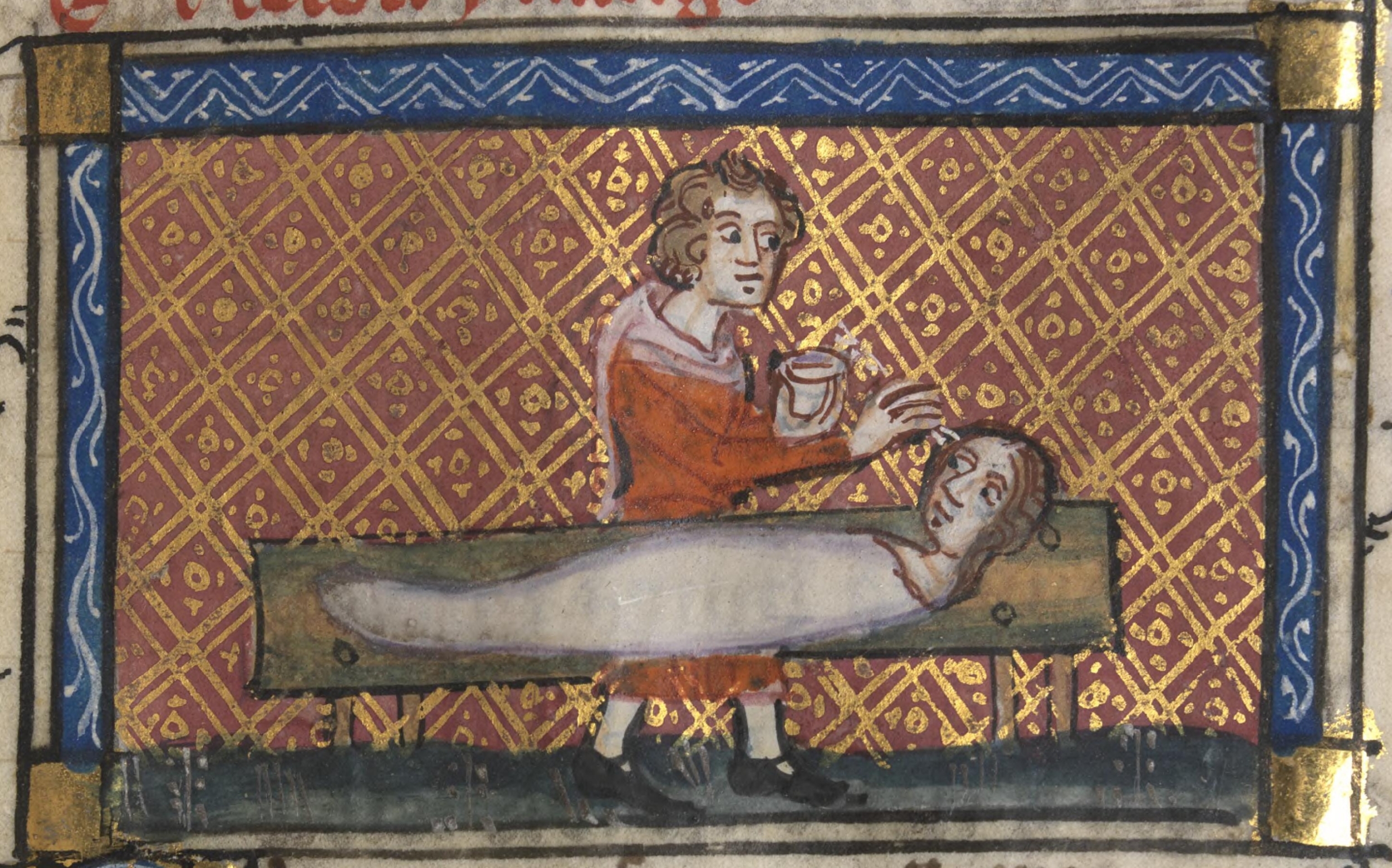After Ovid
As we wrap up the Ovid class, here are some recommendations and links for exploring areas we have looked at in this class, whether as a central part of our discussions or as tangents that can lead you off to whole other worlds.
A place for teaching
As we wrap up the Ovid class, here are some recommendations and links for exploring areas we have looked at in this class, whether as a central part of our discussions or as tangents that can lead you off to whole other worlds.

This is an archived and unmaintained version of the course page for the continuing education class on Greek myth. Formatting is no longer preserved and not all links work.
Then again, some links do.
You could spend a lifetime reading the secondary material about Ovid's Metmorphoses and then another few lifetimes exploring all the artistic and literary products that have a link to the poem. Here are some starting points.
In the never-ending lineage of think pieces on “humanities, state of” the New York Times offers one this week: (pro tip: open it in an incognito or private tab in your browser if you don't want the endless nytimes sign-in nonsense)
 Dr. Allen J. Romano
aromano@fsu.edu
Associate Teaching Professor, Program in Interdisciplinary Humanities
Dr. Allen J. Romano
aromano@fsu.edu
Associate Teaching Professor, Program in Interdisciplinary Humanities
Ovid's Metamorphoses is one of the most popular, enduring, and entertaining works of classical antiquity, among the most imitated poems in the Middle Ages, and a primary source for classical myth today. Chances are that if you've heard a “Greek” myth, you actually know the version by the Roman poet Ovid (43 BC – 17/18 CE). In this course we'll explore Ovid's poetic myth-making, what the poem reveals about the Roman take on Greek myths, and Ovid's special place in the pantheon of Latin poets.